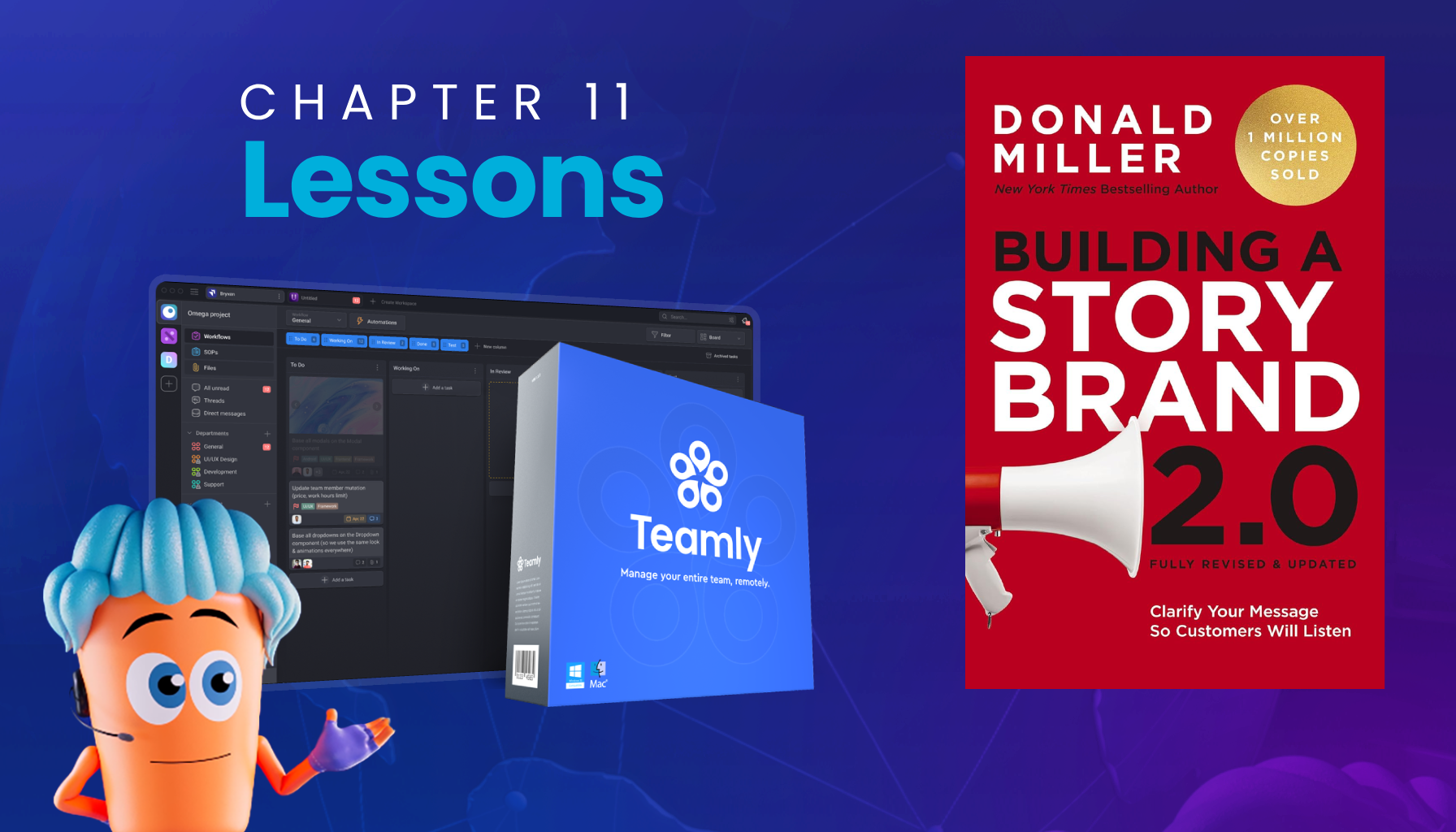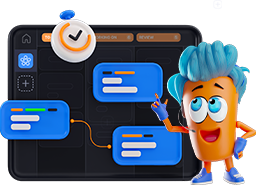
Click the button to start reading
Key Lessons from Building a StoryBrand 2.0: Chapter 11
Chapter 11 of Building a StoryBrand 2.0 delivers a game-changing perspective for brands: the key to building loyalty and advocacy lies in helping customers achieve their aspirations.
The chapter emphasizes the universal human desire for transformation. Whether it’s striving to become more confident, adventurous, or competent, this desire drives nearly every decision.
What is Aspirational Identity?
Aspirational identity refers to the person your customer wants to become. Brands that align their messaging and offerings with this desired identity establish deep emotional connections with their customers.
- Example: Taylor Swift’s fans resonate with her strength, generosity, and self-expression. Her identity mirrors their aspirations, creating a strong emotional bond.
- Gerber Knives: The “Hello Trouble” campaign sells more than knives; it sells an image of resilience and adventure.
The Hero’s Journey in Branding
The hero’s journey, a timeless storytelling structure, perfectly aligns with the process of customer transformation. In this framework:
- The customer is the hero, starting in a state of doubt or challenge.
- The brand is the guide, offering tools, wisdom, and encouragement.
- The customer emerges transformed, having achieved their aspirational identity.
By positioning itself as the guide, a brand empowers the customer to overcome challenges and achieve growth.

From X to Y: Crafting a Transformation Framework
One of the most practical takeaways from this chapter is the “From X to Y” framework, which simplifies defining the customer transformation your brand offers. Here are a few examples:
- Pet Food Brand: From “passive dog owner” to “every dog’s hero.”
- Shampoo Brand: From “anxious and glum” to “carefree and radiant.”
- Financial Advisor: From “confused and ill-equipped” to “competent and smart.”
By clearly identifying where your customers are (X) and where they want to go (Y), you create messaging that resonates and inspires action.
Affirming Customer Success
Recognizing and celebrating the customer’s transformation is a crucial part of the branding journey.
It not only validates their progress but also strengthens their emotional connection with the brand. A great example of this is Dave Ramsey’s “Debt-Free Scream,” where customers publicly celebrate their financial freedom.

How Teamly Empowers Transformation
Teamly software provides a fantastic example of how a product can act as a guide.
By offering tools that streamline workflows, enhance collaboration, and boost productivity, Teamly helps teams transform from overwhelmed and disorganized to efficient and high-performing. Learn more about Teamly.
Participating in Your Customer’s Journey
To truly participate in your customer’s transformation, brands must go beyond selling products. They need to inspire belief in the customer’s ability to grow and succeed. This requires:
- Defining the customer’s aspirational identity clearly.
- Aligning all messaging and products with this identity.
- Empowering customers with tools and encouragement to overcome obstacles.
Great Brands Change Lives
Brands that succeed in helping customers transform are more than businesses; they are catalysts for change. Examples include:
- Apple: Empowering users to unleash their creativity through innovative technology.
- TOMS Shoes: Connecting purchases with social impact to inspire meaningful change.
- Dave Ramsey: Guiding people to financial peace and security.

Additional Strategies for Customer Transformation
Chapter 11 highlights the importance of solving three types of problems to create a transformative journey:
- External Problems: These are tangible, surface-level issues such as finding a reliable product or service.
- Internal Problems: Emotional struggles like self-doubt, fear, or frustration that your product can help alleviate.
- Philosophical Problems: Broader societal or ethical concerns, such as fairness or justice, that your brand aligns with.
Brands that address all three dimensions are seen as trusted guides, building long-term customer loyalty.
Reinforcing Brand Messaging
Consistency is key when communicating your brand’s promise. Every interaction, from ads to emails, should reinforce the transformation you offer. For instance:
- Use sound bites: Summarize the resolution your brand delivers in simple, memorable phrases.
- Leverage visuals: Include images that depict the transformation you promise. Happy, engaged customers are a powerful cue.
- Show specific results: Instead of vague claims, demonstrate clear outcomes your product provides.
Get Your Copy of Building a StoryBrand 2.0
Want to dive deeper into the transformative strategies outlined in Chapter 11? Get your copy of Building a StoryBrand 2.0 on Amazon and start helping your customers achieve their aspirations today.
















